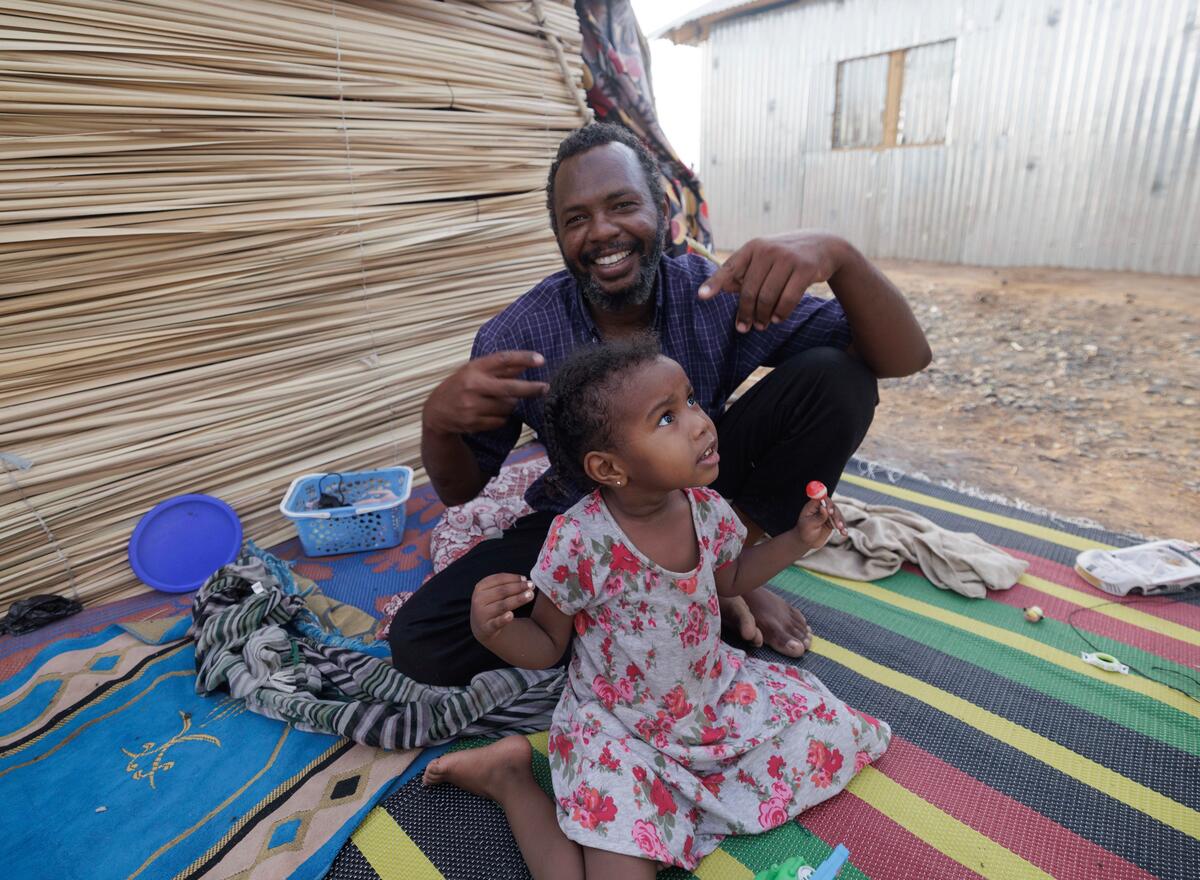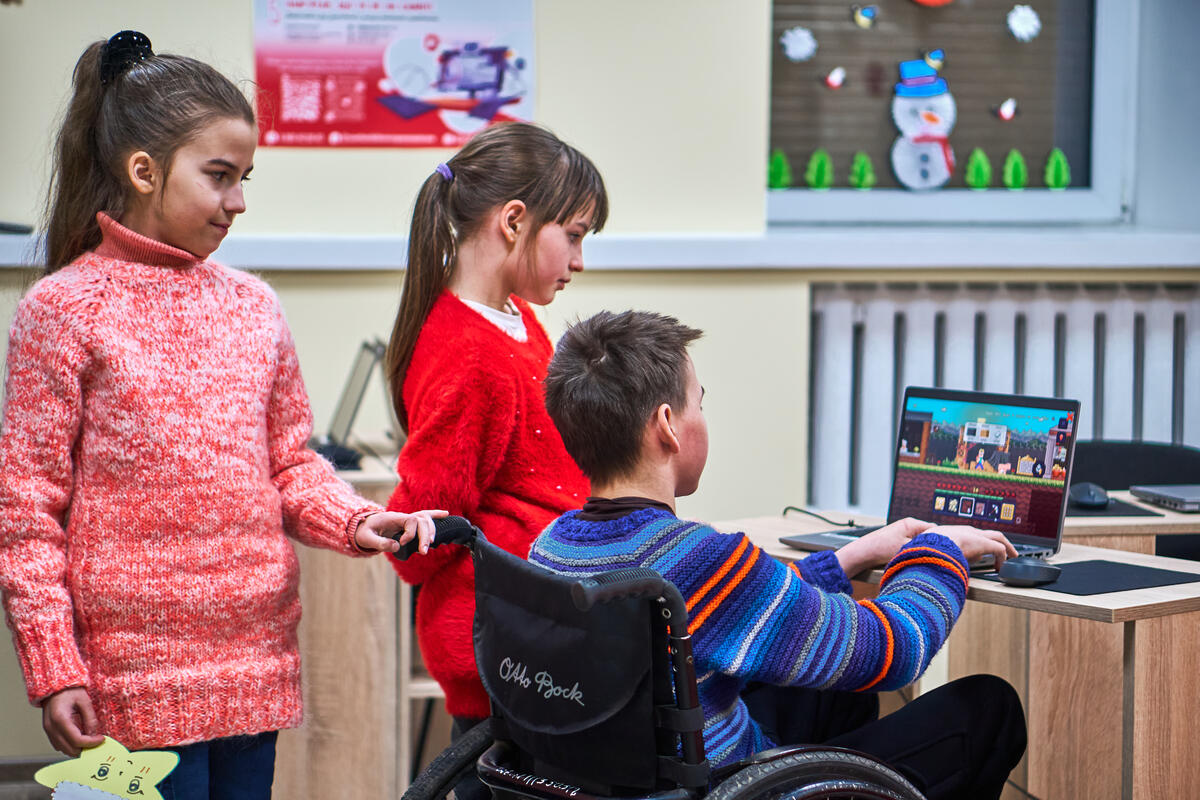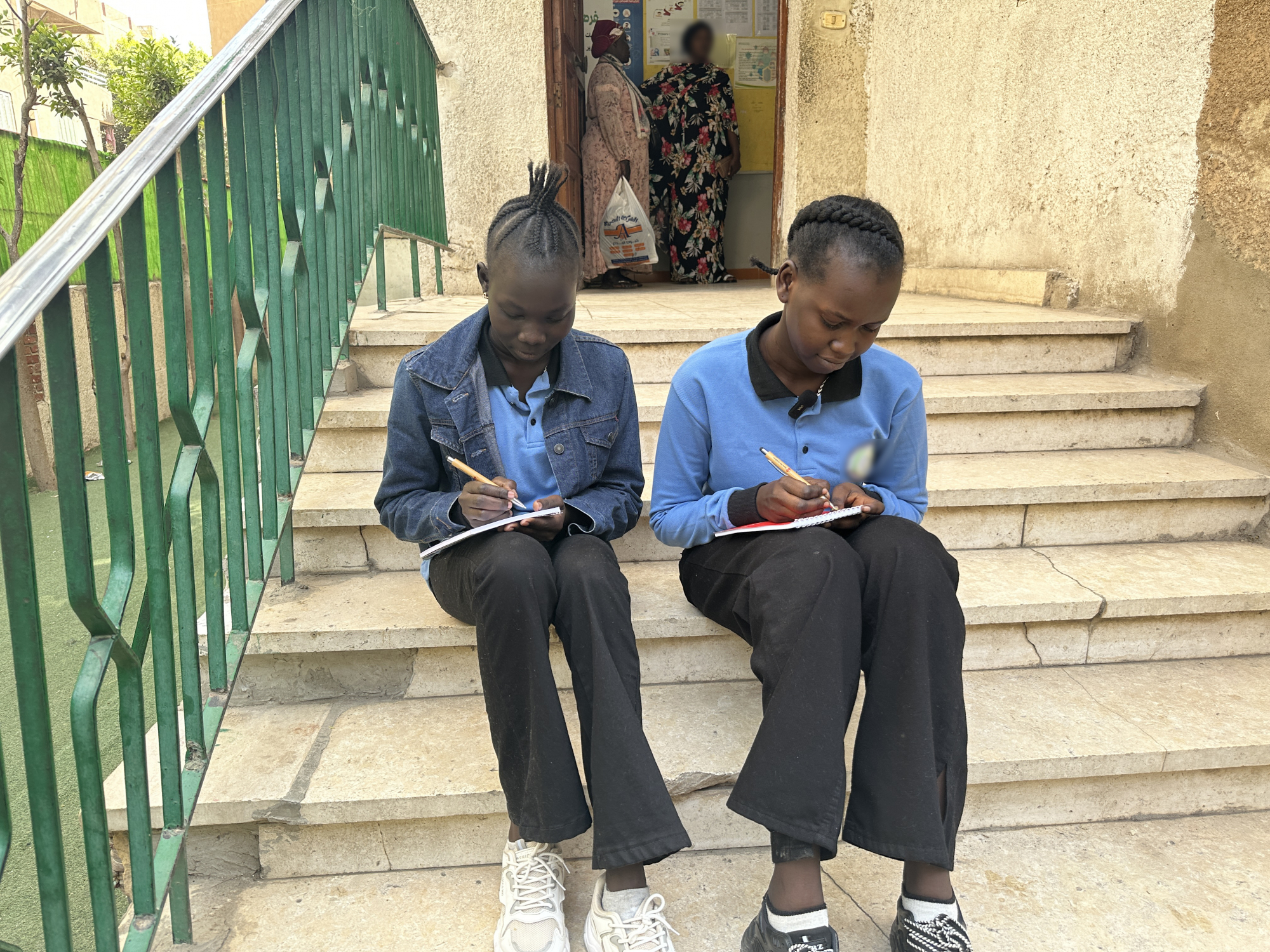Who is a refugee? Your questions answered
Every year, on June 20, we observe World Refugee Day, a day dedicated to recognizing people who have been forced to flee from their homes.
On World Refugee Day – and every day – we recognize and uphold the rights of refugees to seek safety, pursue education and work opportunities, and advocate for themselves and people like them.
Not everyone who has fled from their homes is a refugee though. To help you better understand who refugees are, we’re answering some of the most commonly asked questions about refugees and other people like them.

Who are refugees?
Refugees are people who are seeking safety after being forced to flee from their homes.
Are refugees the same as internally displaced people?
While both refugees and internally displaced peoples (IDPs) have been forced to flee their homes, there is one key difference between them:
Refugees are people who have crossed an international border into another country, while IDPs have not crossed an international border, and are seeking safety elsewhere in their own country.

Why do both refugees and IDPs leave their homes?
There are many reasons why a refugee or IDP leave their home, but some common reasons include:
- Persecution because of their race, religion, nationality, sexuality, membership in a social group or caste, or political opinions or affiliation;
- War and conflict;
- Ethnic or political violence; and
- Climate change or natural disasters.
These reasons also differentiate refugees from a third group of people on the move – migrants – who have left their home country and crossed an international border but is not seeking safety, rather is often searching for better economic opportunities for themselves and their families.
How many refugees and IDPs are there right now?
As a result of climate change, increased natural disasters and both ongoing and new conflicts, we are witnessing the highest levels of displacement on record. This includes 36.4 million refugees worldwide, and another 71.1. million people displaced within their own countries.
Over half of all refugees come from just three countries: Afghanistan, Syria and Ukraine.
How does being a refugee or IDP affect children?
Children make up less than one-third of the total world population, but around 40% of all refugees and IDPs.
Some children become separated from their families or guardians on their journeys, leaving them extremely vulnerable to abuse, trafficking and exploitation.
Children who are refugees also miss out – on average – three to four years of schooling, due to forced displacement.

What is Save the Children doing to help?
Save the Children provides protection and support services at border crossings. We also create learning opportunities, play centres and emotional support services through our Child Friendly Spaces in refugee camps.
To help children who have become separated from their families, we identify and register them and work to reunite them with their loved ones.
We also:
- Support healthcare needs and provide life-saving nutritional and medical assistance to children suffering from acute malnutrition;
- Provide access to clean water, sanitation supplies and a dignified response to meeting women’s unique sanitary needs in emergency contexts;
- Provide livestock, seeds, tools and agricultural training to families whose livelihoods have been affected by a crisis such as forced displacement;
- Supply families with shelter items, toiletries, kitchen supplies and buckets; and
- Much more.
To learn more about how we support refugee and IDP children and families, as well as our work in emergency situations, click here.


